Kuch Nahi
Carla Andrade
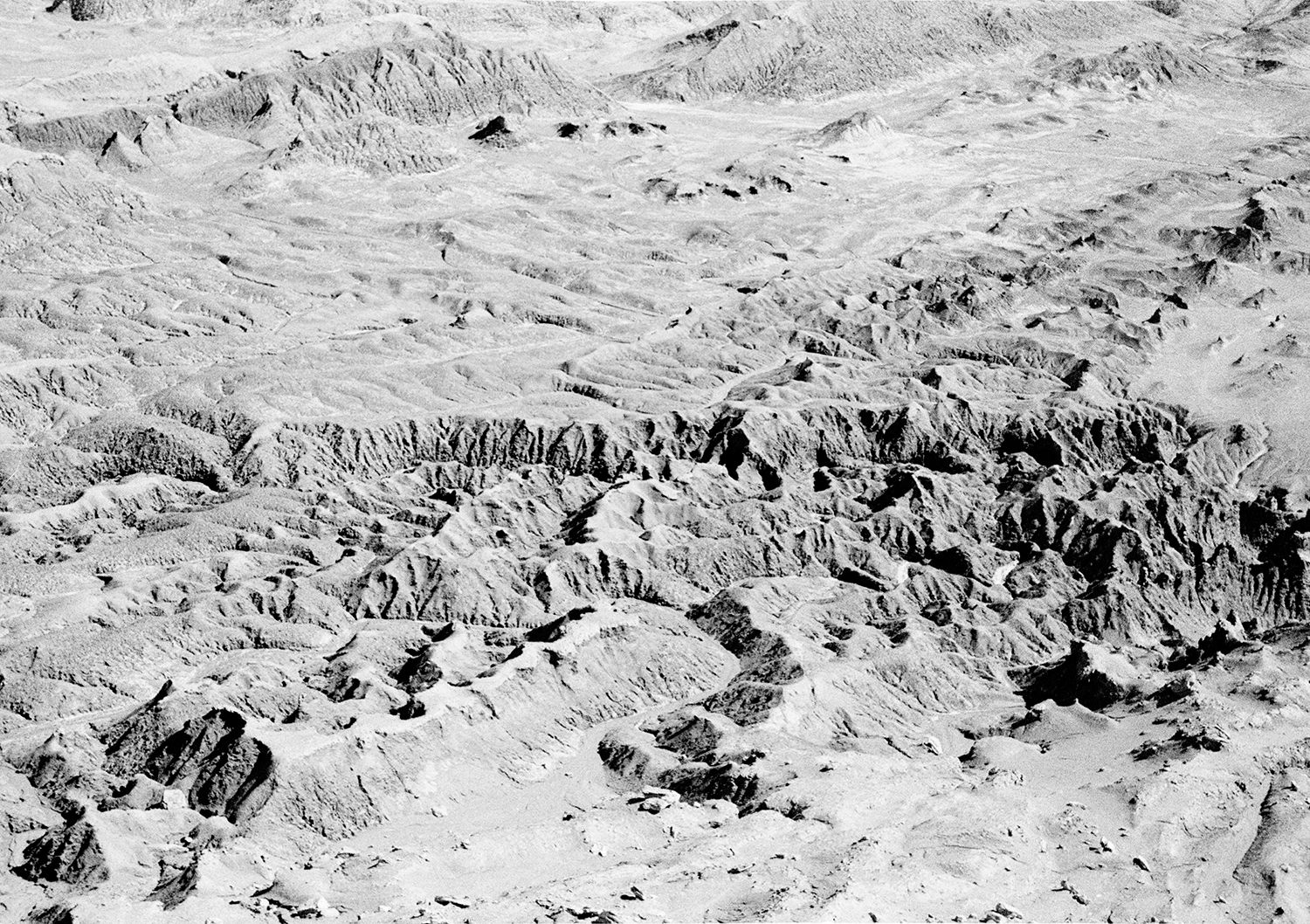
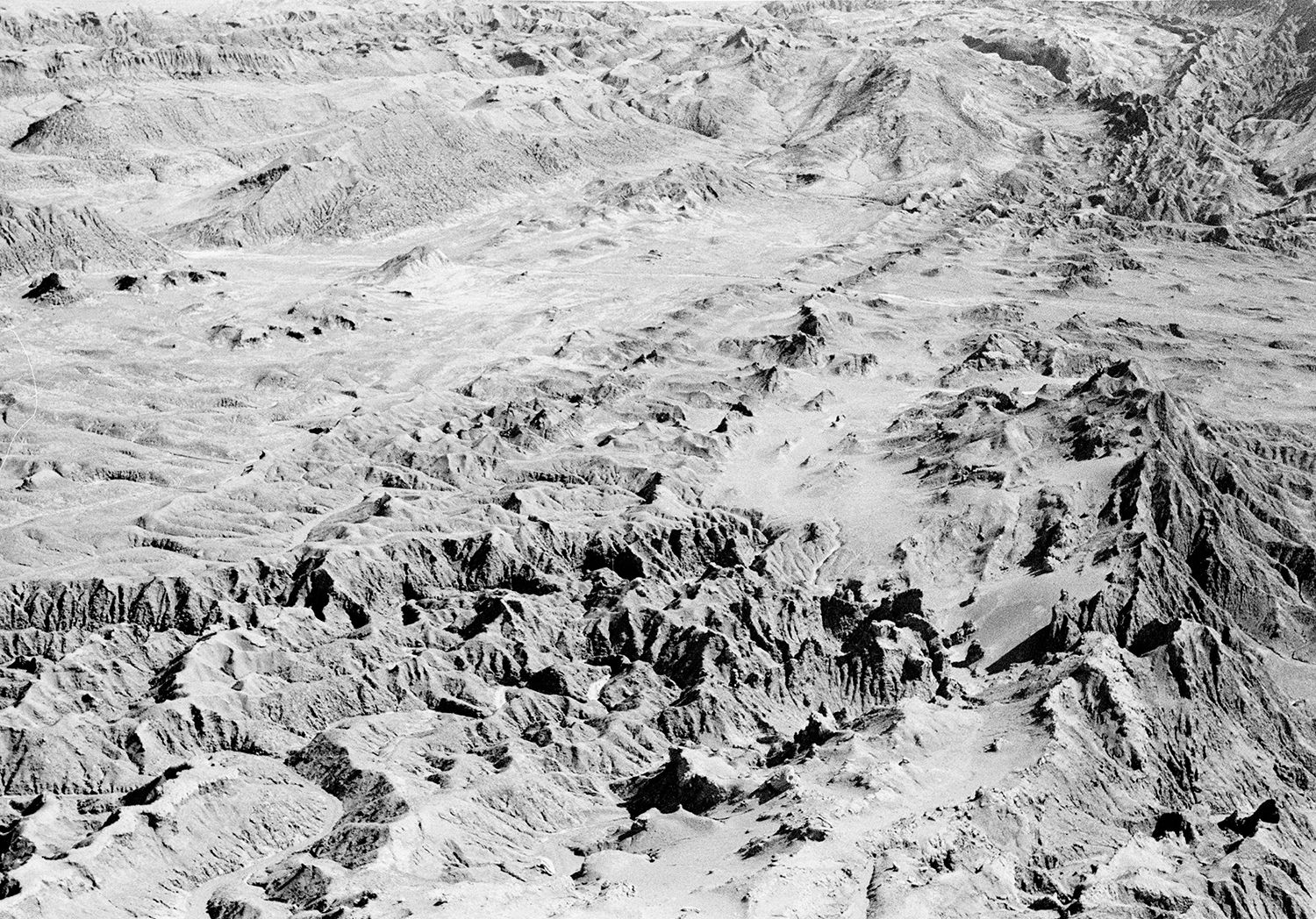
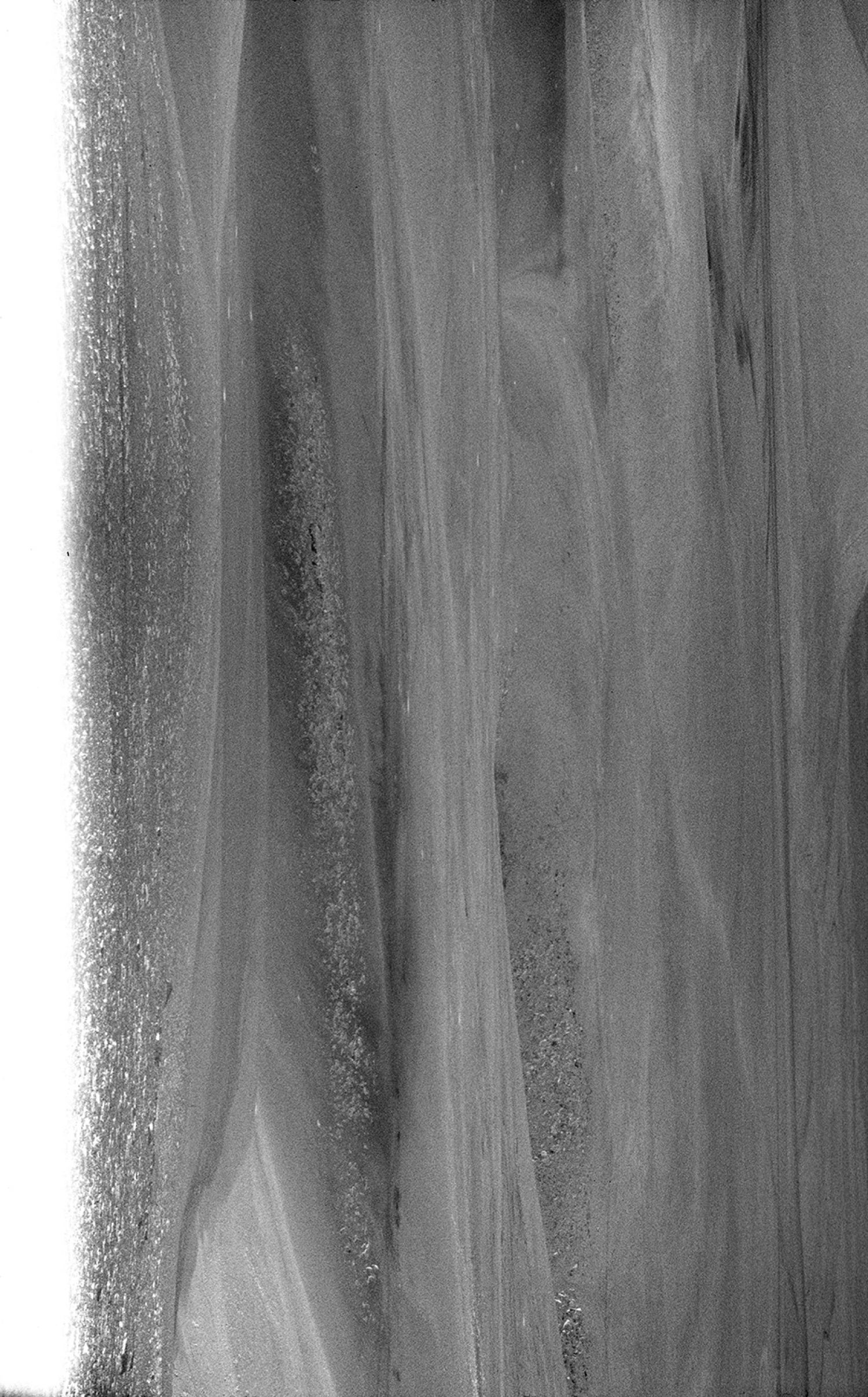
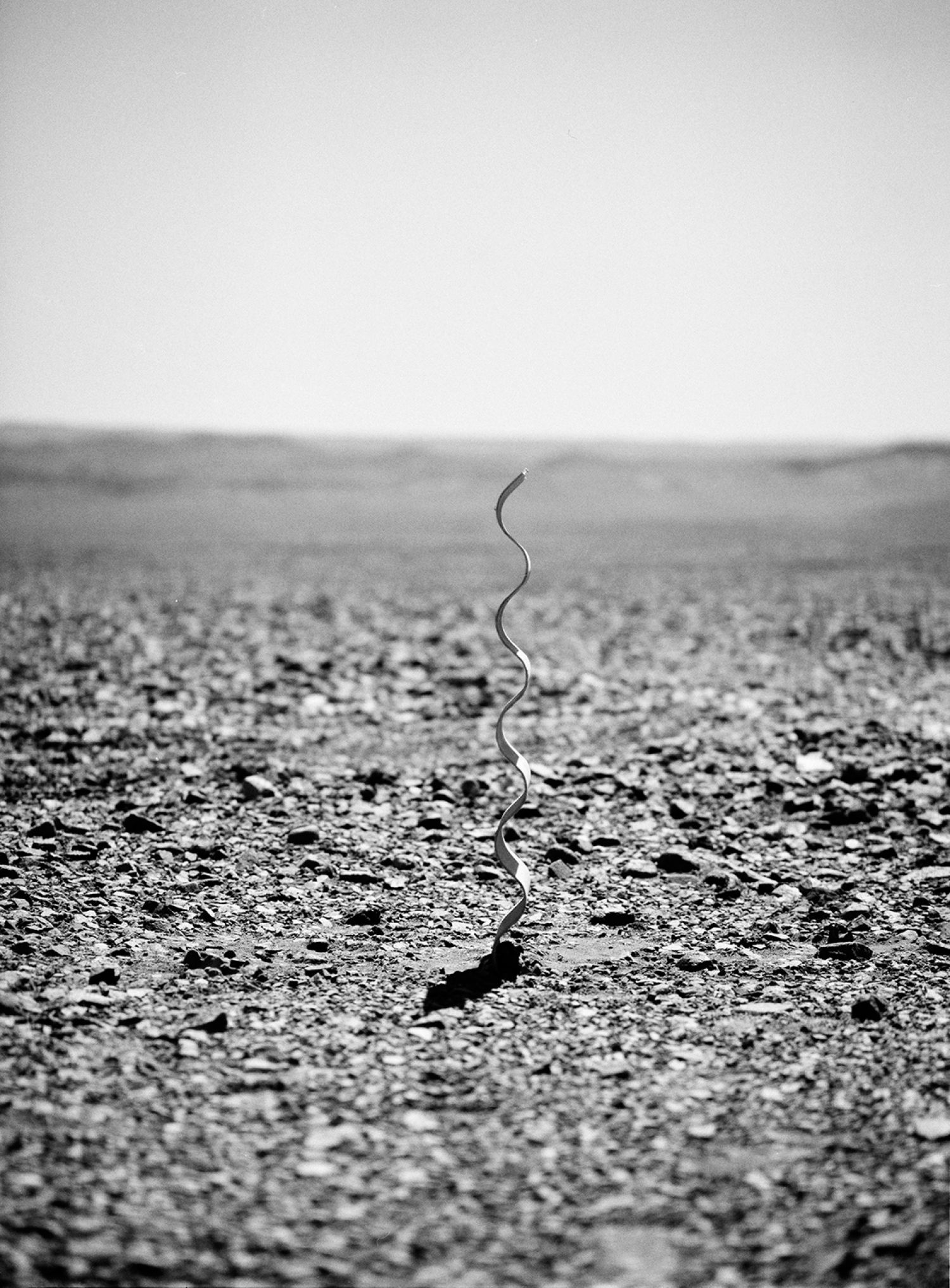
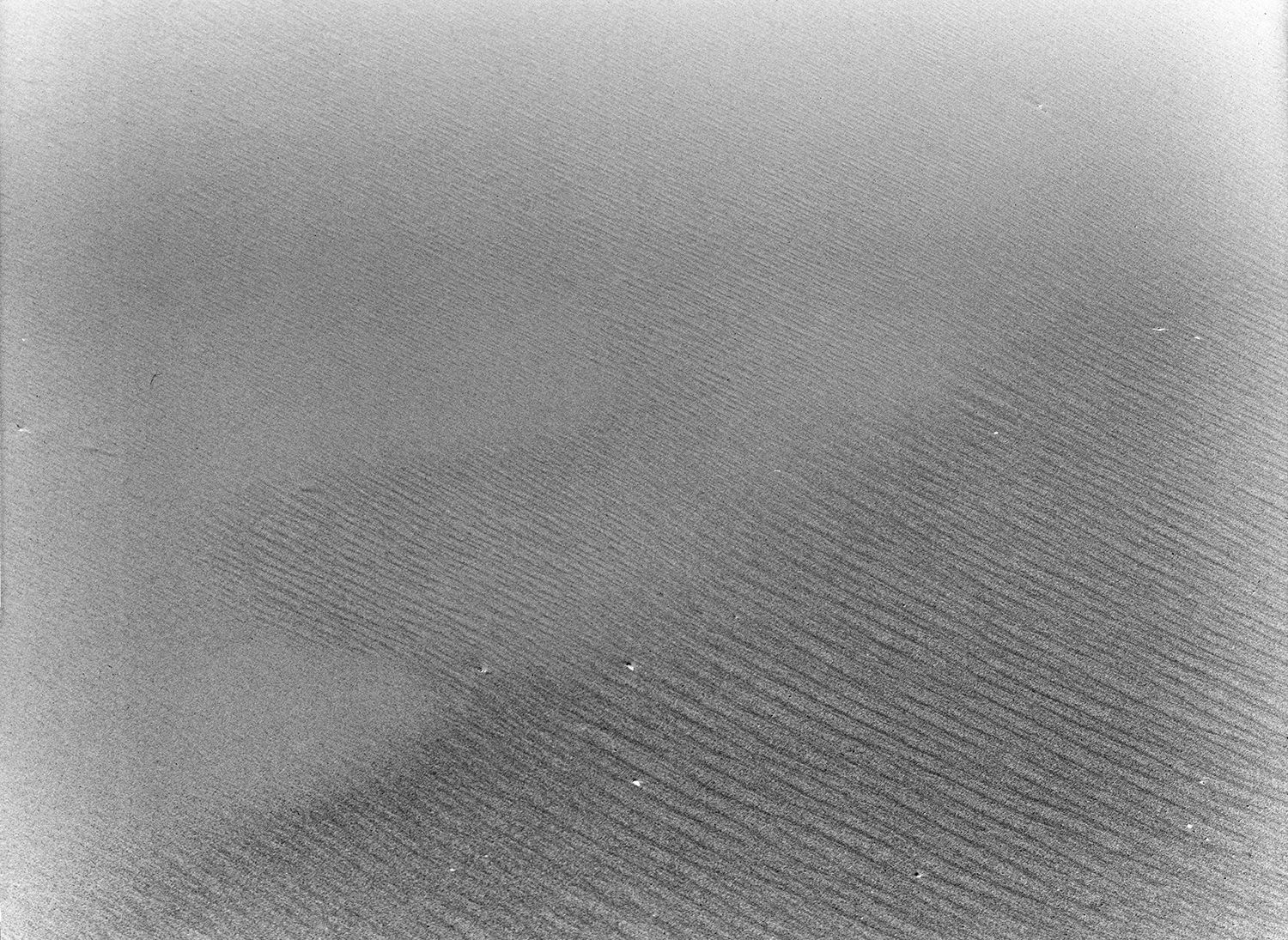
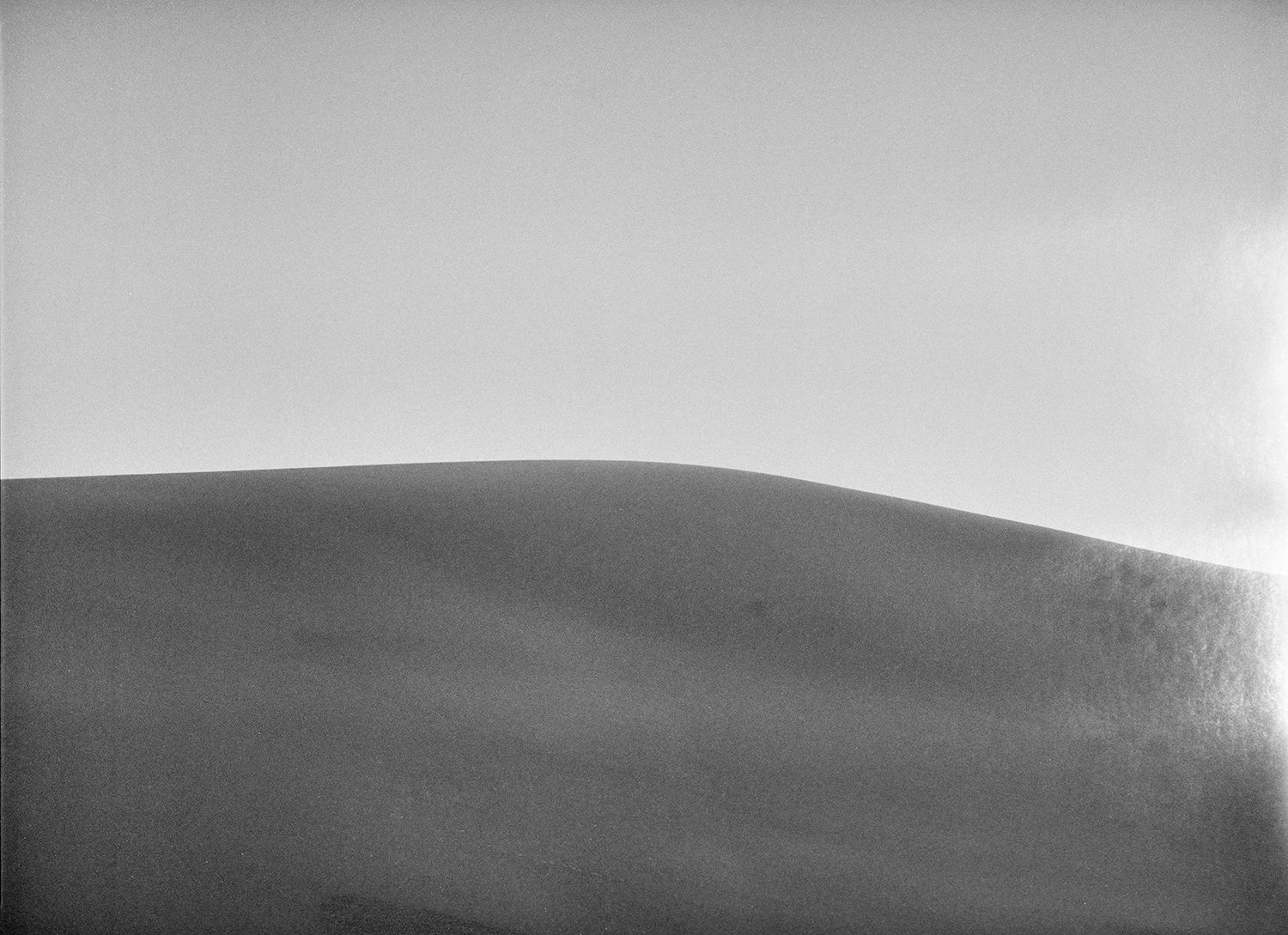
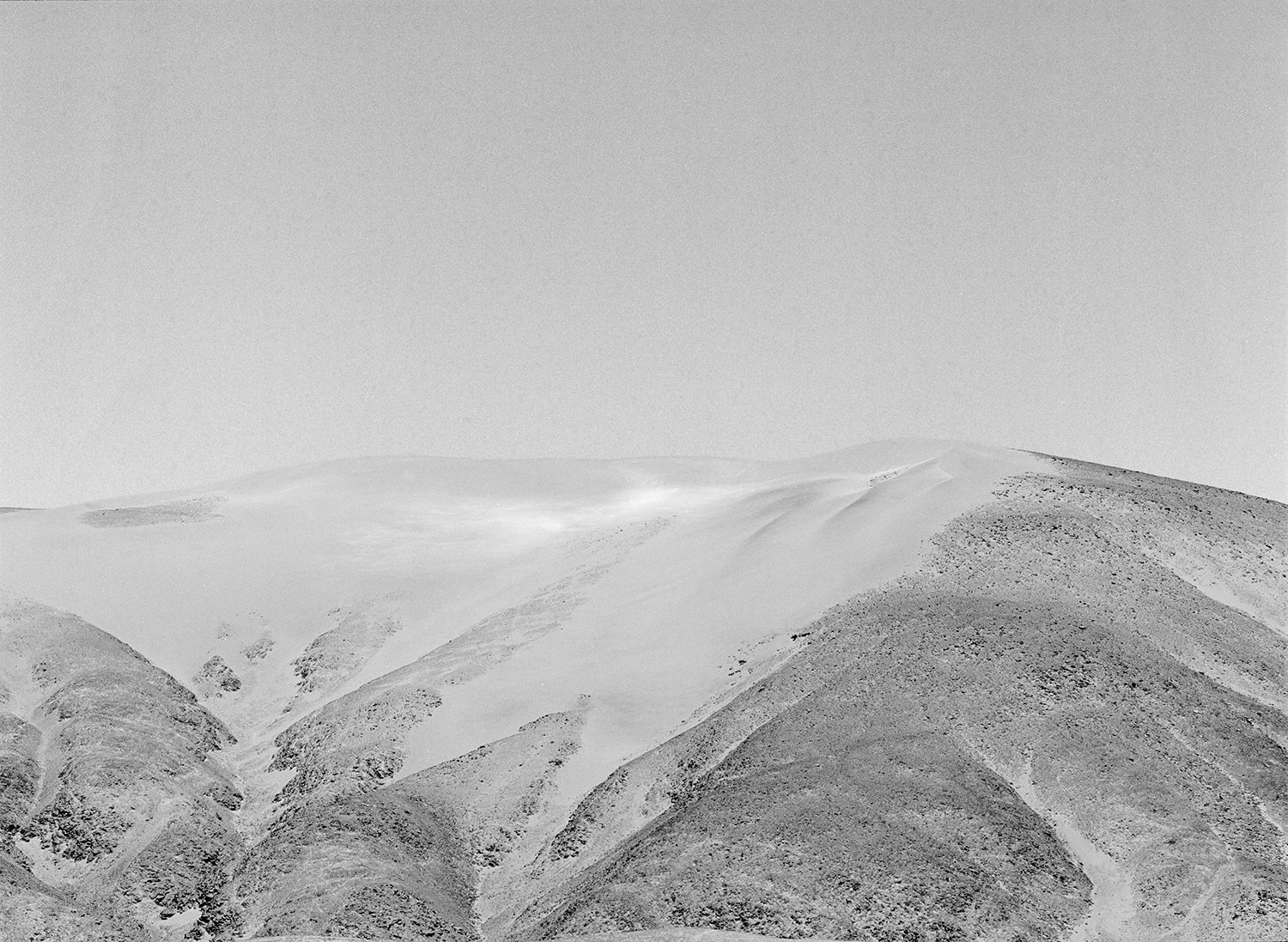
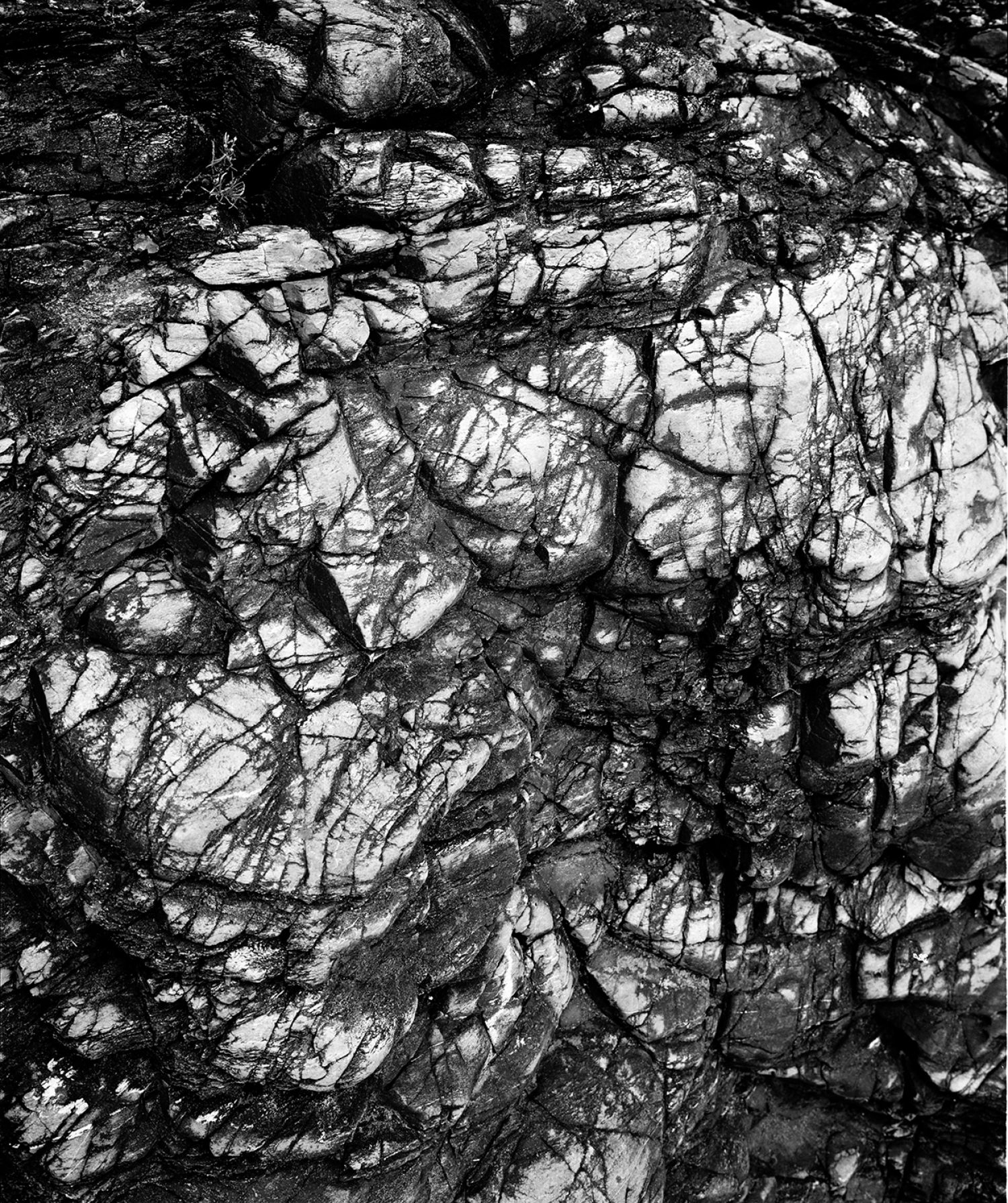
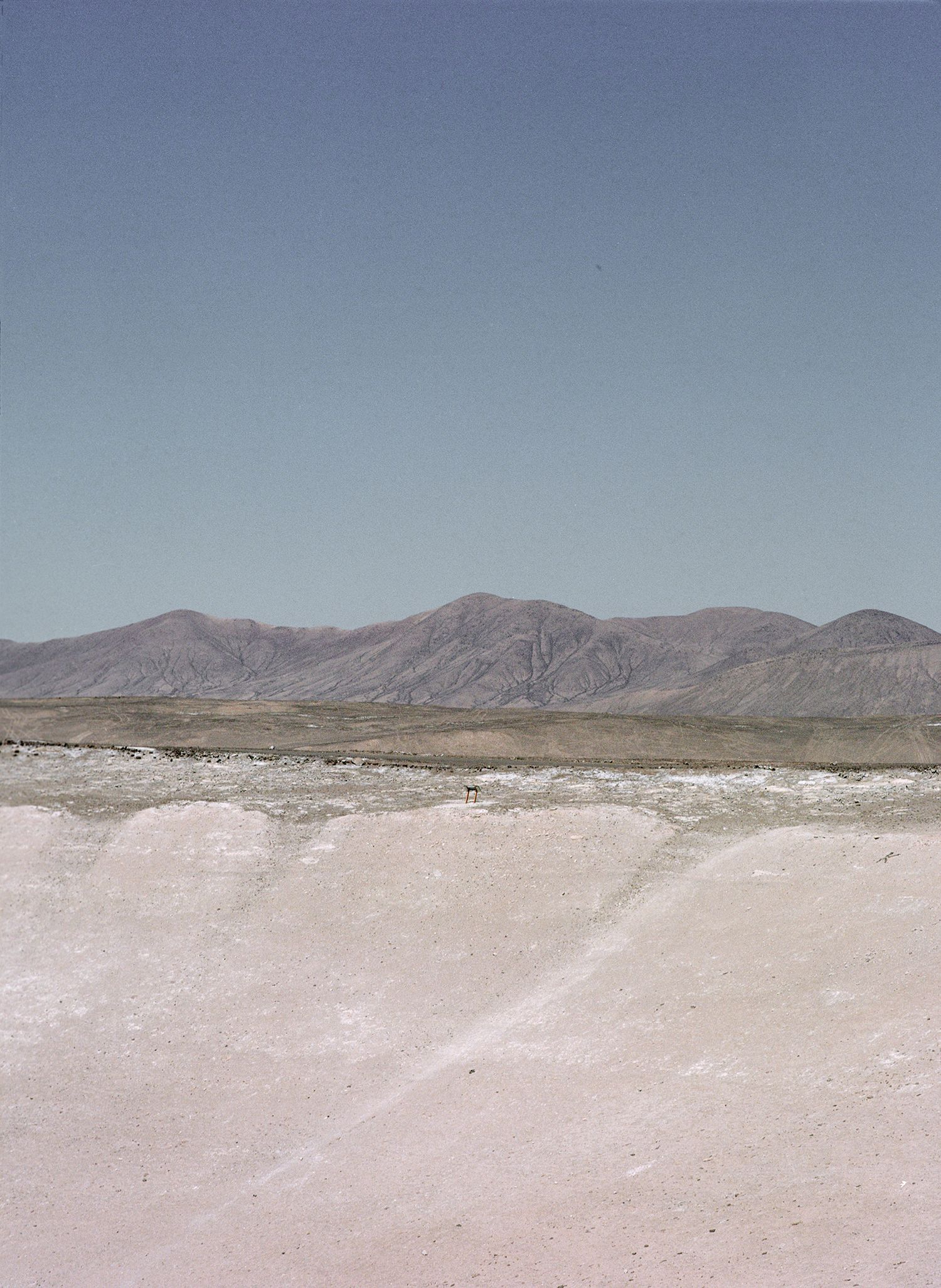
Kuch Nahi, the Hindi word for nothingness, journeys to the opposite end of the world, to the Atacama desert, with the purpose of experiencing the sense of emptiness from the transcendental condition of a mental space which, in its most literal essence, contains nothing. There it finds an imposed culture that does not recognises it and for which it is invisible. On a deeper level, reality has been concealed; however, even though it remains imperceptible it is still latent there. Thus, nothingness explores Atacama, engaging in dialogue with the Quechua voices of the desert that travel from one place to another, echoes from a past that act as a conduit for a buried reality. Kuch Nahi unearths those latent wisdoms, makes them its own and then vanishes with them.
Kuch Nahi literally means «something that is nothing,» acknowledging the Indian cultures that feel at ease with the notion that emptiness could be something, contrary to Western tradition where nothingness cannot be comprehended at all. Besides standing for emptiness or absence, the Indian zero also represents space, the firmament, the celestial sphere, the atmosphere, the quantity that must not be taken into account…
Here we are facing a fragmented and dispersed journey of Kuch Nahi, in which we come across a gateway to the observation of the furthest away, the cosmos, as well as of the tiniest particles. In the midst of that space-time fabric, we are like segmented lines and curves that are limited and firm, lost between sky and earth, connecting zero and the infinite. Likewise, the void takes on the dimension of a physical object, for it is charged with energy and can transform itself into several physical states. An almost metaphysical emptiness. Zero as a formal expression. Emptiness no longer seen as an absence but as the production of meaning. An emptiness containing the infinite. An emptiness that is there but that wishes to be occupied.



